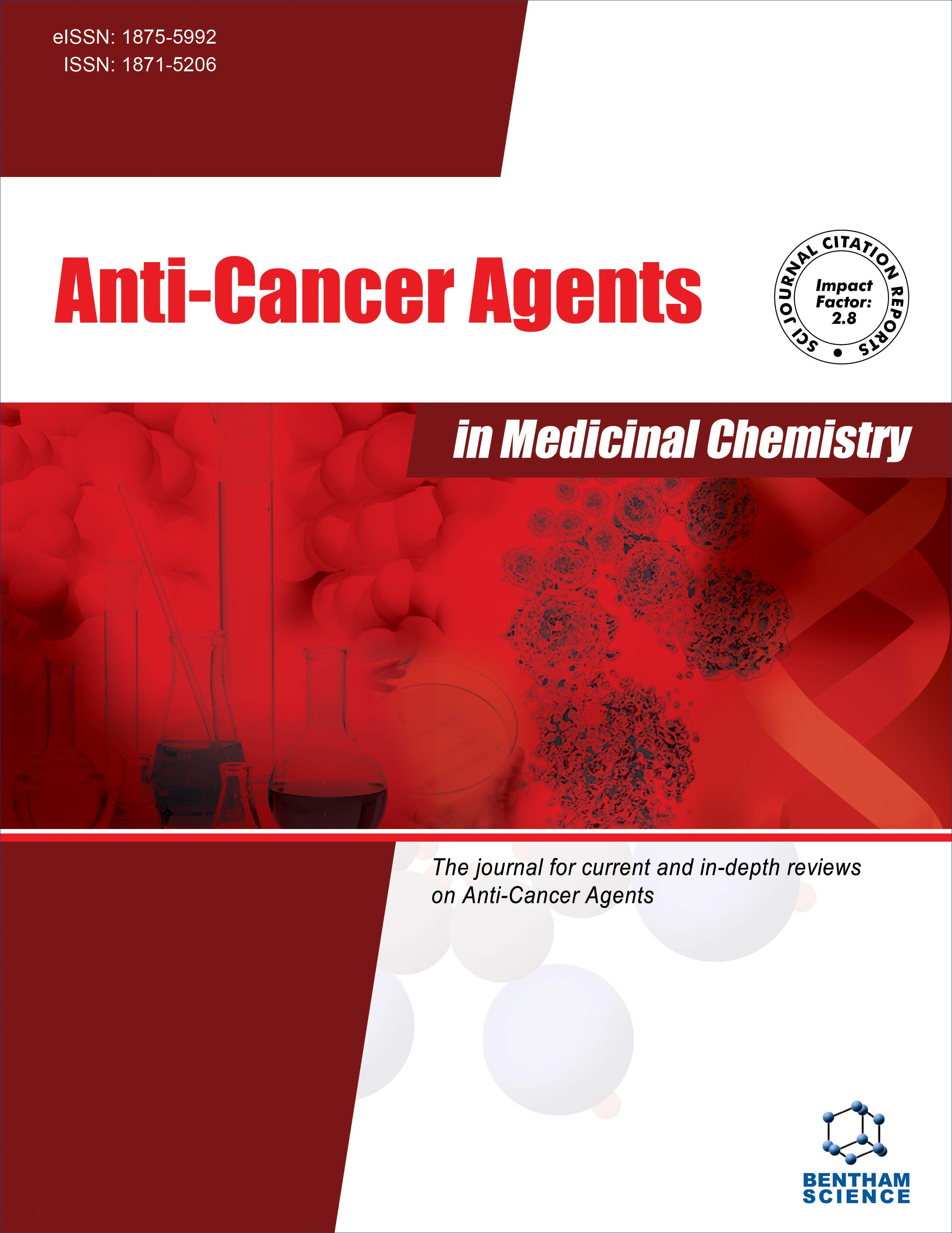
Full text loading...
Anthraquinones are well known for their wide spectrum of pharmacological properties. Anthraquinone antibiotics, such as doxorubicin, daunorubicin, epirubicin, and mitoxantrone, have long been used in the clinical management of various tumors. However, their use is limited due to their toxicity effects, especially cardiomyopathy, despite their pronounced therapeutic effects. In recent years, medicinal chemists have explored the possibility of modifying the anthraquinone ring appended with structurally diverse functionality in order to develop better chemotherapeutic agents with fewer adverse effects. The fused polycyclic structure of anthraquinone offers rigidity, planarity, and aromaticity, which helps in double helix DNA intercalation, disruption of G4 DNA, and inhibition of topoisomerase-II enzyme of cancer cells, making them suitable pharmacophore for anticancer drug discovery. Incorporation of suitable functional groups such as amino, hydroxyl, and their derivatives into anthraquinone rings can improve their interactions with biological targets involved in cancer progression. These subtle structural changes produce newer anthraquinone derivatives with improved anticancer properties, increased potency, selectivity, and reduced toxicity, and can overcome multi-drug resistance. On the other hand, the molecular hybrids of the anthraquinone derivatives have been reported to act on multiple targets in cancer cells, as seen in the case of clinical candidates like alectinib, midostaurin, tucatinib, belinostat, and dacinostat. Molecular hybrid has given a new direction for anticancer drug development, which can produce bifunctional drug candidates with reduced toxicity. This review summarizes different structural modifications that have been made to the anthraquinone ring in the last decade with the aim of bringing out potent yet toxicity-free anticancer agents.

Article metrics loading...

Full text loading...
References


Data & Media loading...

